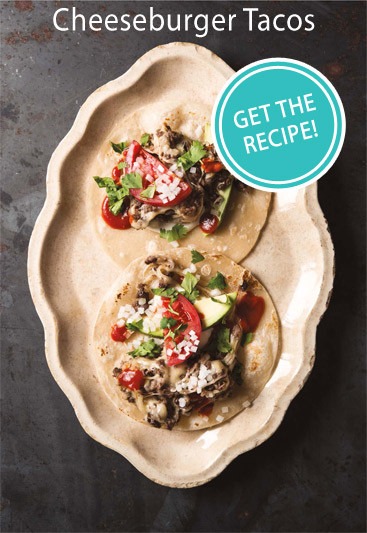All at once I understood that the lifespan of a warm tortilla is stupidly brief.
Chef Alex Stupak had “no idea what the hell [he] was doing” opening night at Empellón Taqueria. Peers were confused at what appeared to be a professional reversal: previously a head chef at Michelin-starred molecular gastronomy trailblazer wd~50, Stupak had gone out on his own to open a taqueria.
And on opening night, a green Stupak—with a journalist invited to report from inside the kitchen—was already “in the weeds.”
The complexity of a well-made taco became maddenningly clear…
“The complexity of a well-made taco became maddenningly clear,” writes Stupak. “We were slammed with mile-long tickets… the tortilla station couldn’t keep up.”
Stupak was admittedly naïve to the sophisticated orchestration of timing and planning required to make sure a taco—let alone 19 tacos for a very hungry four-top—arrived at the table with “some fight left in it.”
Even the journalist had a “look of abject horror as we went down in a blaze of expletives.”
But Stupak pushed through.
Empellón, Spanish for “push” is indeed Stupak’s MO. And for his head-down, masa-to-the-grindstone attitude he was rewarded with a new appreciation for the food many of us consider a convenient weeknight meal assembled from a four-dollar yellow box.
Since then, Stupak has opened two more locations, and Tacos: Recipes and Provocations, his first cookbook, shares all of the hard-won wisdom from those early days. In addition, he challenges that yellow-box assumption, and this ethnocentric view of Mexican food as “cheap eats” is one Stupak opposes throughout the book.
This attempt to shift the paradigm is a mix of show and tell. Recipes—such as Scallop Taco Jean-Georges Vongerichten, with a buttery “salsa” purée of capers, raisins and sherry vinegar over sautéed cauliflower and seared scallops—show. While honest passages, called “Provocations”—such as “The Tyranny of Cheap Eats”—tell.
The author asks readers to approach pork carnitas with the same open mind (for when the bill comes) as duck confit—after all, both are cooked in the same luscious fat. He warns that branding Mexican cuisine ‘cheap’ when it has such “bottomless complexity,” misses the point.
Although “the point” may be different for everyone, it likely resembles fragrant salsa dripping down your chin as you bite into a fresh corn tortilla under a scorching Mexican sun. Nevertheless, this “bottomless complexity” is made clear in Taco. Over 100 pages are devoted to two seemingly simple taco ingredients: tortillas and salsa.
The third section of the book is devoted to the authors’ wide-ranging taco recipes: from his sell-out Cheeseburger Tacos, to dessert tacos. Categorized by type of filling—meat, vegetable, egg, sweet—Stupak’s creations are completely unique.
Taco is also a resource for the author’s essentials, such as adobo (a dried chili paste), chorizo sausage, pickled jalapeños, and pickled red onions.
Staying true to his nickname, the “white knight of Mexico,” Stupak goes above and beyond the call of duty for his readers, experimenting with tools and ingredients available to home cooks as substitutes for Empellón’s industrial machines and imports. Although, for those looking to follow his recipes to the letter, Stupak gives the name of a New York food importer that can connect you with a catalogue of corn varieties—to make tortillas from scratch, of course.
If you are going to follow the Empellón con tortilla recipe and grind your own masa, you will be at it for a while. Despite his best efforts, even Chef Stupak could not find an at-home substitute for Empellón’s high-voltage, 1,200-pound masa grinding machine—except for the ancient technique of grinding masa by hand with stone tools.
The author did finally crack the code of how to extend the lifespan of a warm tortilla, but only after testing seven insulating vessels using a thermocouple probe between a stack of tortillas and recording the heat retention, dryness and condensation levels every 30 minutes over 2 hours.
The best performer? A circular tortilla pouch made of thick fabric printed with “culturally insensitive” dancing chiles, bought online for $8. And so, like Mexican cuisine, what on the surface may be viewed as simple and cheap, is in fact remarkably complex and rich in culinary value.



